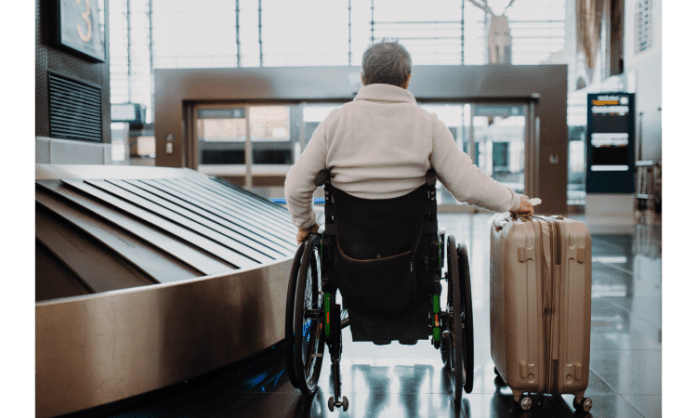
Traveling can be a challenging and daunting task for disabled individuals, with many obstacles to overcome. From researching and booking flights to navigating the airport and dealing with in-flight challenges, disabled travelers may face a variety of barriers to enjoying their trip. However, with proper planning and preparation, disabled individuals can fly with confidence and ease. This blog will provide tips and advice for disabled individuals to make their travel experience better.
challenges faced by disabled individuals while traveling:
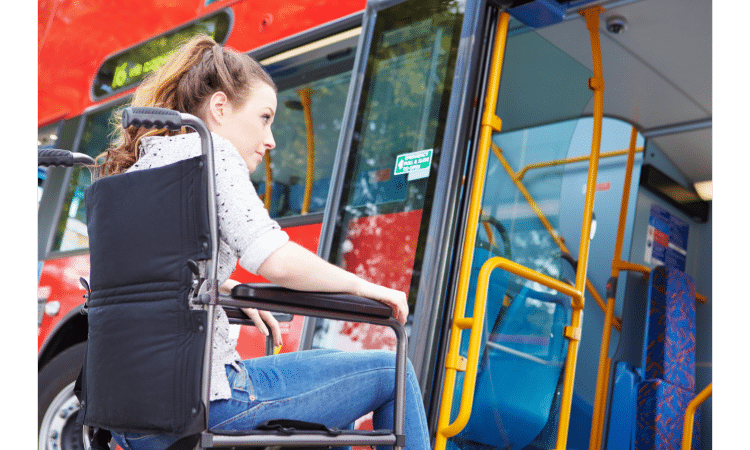
Some of the challenges faced by disabled individuals while traveling include difficulty finding accessible transportation options, inadequate accommodations and facilities at airports and on flights, and lack of information and support from airlines and airport staff. These challenges can make traveling a stressful and overwhelming experience, but with the right information and preparation, they can be overcome.
The purpose of this blog is to provide valuable information and advice for disabled individuals to help them plan and prepare for their next flight. The blog will cover everything from researching and booking flights to navigating the airport, dealing with in-flight challenges, and more. By the end of the blog, readers will have a better understanding of how to make their travel experience better and be better prepared for their next flight.
Researching airlines and their policies for disabled passengers:
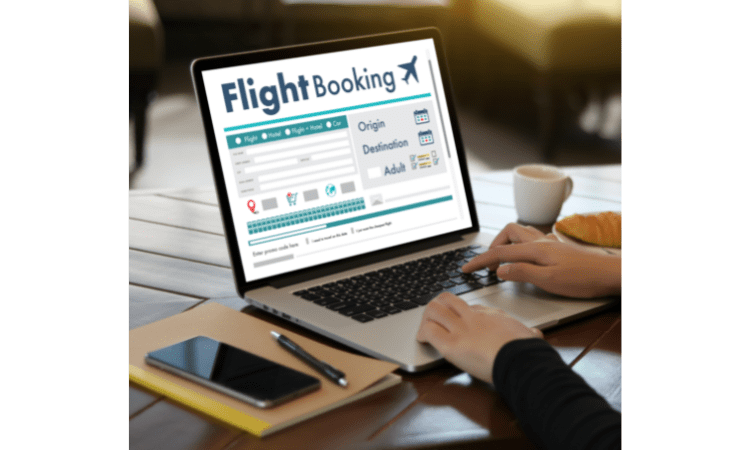
One of the most important steps in preparing for a flight as a disabled individual is researching the policies of different airlines. Each airline may have different policies and accommodations for disabled passengers, so it’s important to find one that meets your specific needs. Look into things like wheelchair assistance, mobility aids, and seating preferences. It’s also a good idea to check if the airline is compliant with the Air Carrier Access Act (ACAA) which is a federal law that prohibits discrimination against individuals with disabilities by commercial airlines. Also, avoid any long route flights or long layover flights.
Tips for booking flights and accommodations:

When booking flights and accommodations, it’s important to let the airline and hotel know about your needs as a disabled individual. This may include requesting special seating or accessible rooms. You can also ask your travel agent about pre-booking wheelchair assistance or other accommodations that you may need at the airport or on the flight. It’s always best to book directly with the airline or hotel, as third-party booking sites may not have all the information about the airline’s or hotel’s disability policies.
Importance of contacting the airline and airport ahead of time to request accommodations:

Contacting the airline and airport ahead of time to request accommodations is key to a smooth travel experience. This will give them enough time to make the necessary arrangements and ensure that they can meet your needs. Be sure to provide detailed information about your specific needs, such as the type of wheelchair or mobility aid you use, so that the airline and airport can make the appropriate arrangements. This will help to avoid last-minute issues and ensure that everything is in place for a smooth travel experience.
Also Read: How to keep bathroom safe for disabled or older adults
Tips for navigating the airport, including information on accessible transportation options:

Navigating an airport can be a challenge for anyone, but it can be especially difficult for disabled individuals. To make the process as smooth as possible, it’s important to arrive early and plan ahead. Take advantage of any airport-provided accessible transportation options, such as electric carts or wheelchairs, and consider using a personal mobility aid. It’s also a good idea to familiarize yourself with the airport’s layout and locate any accessible restrooms, elevators, and other facilities before your flight.
Information on TSA screening procedures for disabled individuals:
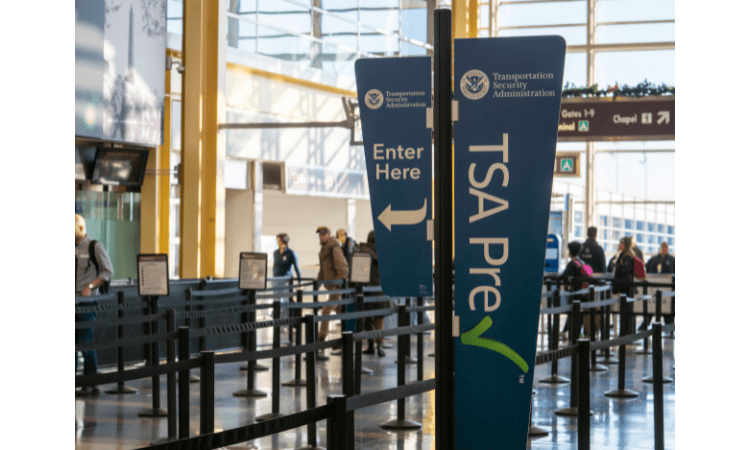
The TSA (Transportation Security Administration) provides several options for disabled individuals going through security screening at the airport. These options include alternative screening procedures, such as pat-downs, and the use of medical devices and mobility aids. Passengers can also request a private screening area and have a companion or companion of their choice present during the screening process. It’s important to inform the TSA of any accommodations or assistance needed at the time of check-in, so they can make the necessary arrangements.
Tips for checking in and boarding the flight:

Checking in and boarding the flight can be stressful for disabled individuals, but with proper planning, it can be a smooth process. When checking in, be sure to let the airline know about any accommodations you may need, such as wheelchair assistance or special seating. It’s also a good idea to arrive at the airport early to allow for extra time to check in and navigate through security. When boarding the flight, take advantage of any pre-boarding options available for disabled individuals, and let the flight attendant know if you need any additional assistance.
In-flight Considerations
Discussion of in-flight accommodations and services for disabled individuals:
Many airlines offer a variety of in-flight accommodations and services for disabled passengers, such as special seating, in-flight wheelchair assistance, and on-board medical assistance. Be sure to inform the airline of any accommodations you may need in advance and check if the flight has the required facilities. Some airlines also offer special meals or in-flight entertainment systems with closed captions or audio descriptions for the visually or hearing impaired.
Tips for dealing with any challenges that may arise during the flight:
Despite the best preparation, challenges may still arise during a flight for disabled individuals. Being informed, calm and assertive can help overcome any difficulties that may occur. For example, if you have issues with seating or accessibility, don’t hesitate to ask the flight attendants for assistance. If you have a medical condition, carry a note from your doctor explaining your condition and the accommodations you require.
Information on in-flight medical assistance and emergency procedures:
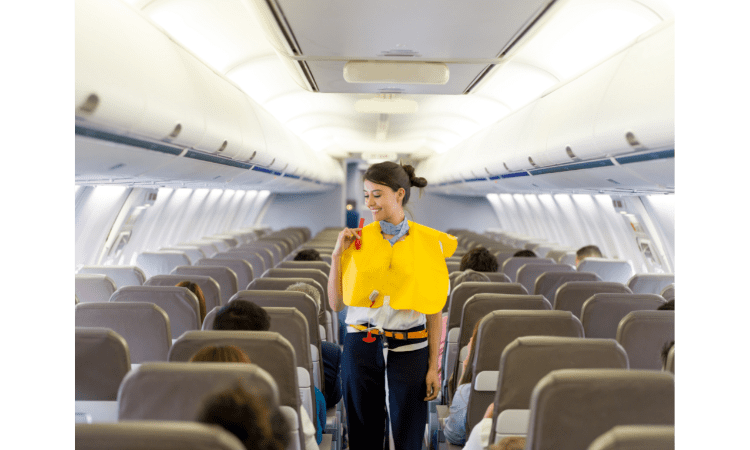
In-flight medical assistance and emergency procedures are important considerations for disabled individuals. Many airlines have trained medical personnel on board to handle medical emergencies. It is important to inform the airline if you have a medical condition that may require additional assistance or emergency procedures during the flight. It’s also a good idea to carry a medical emergency card with you, outlining your condition and any necessary treatments.
Conclusion
The blog discussed the importance of proper planning and preparation for disabled individuals traveling by air. It covered various aspects of travel, including researching airlines and their policies for disabled passengers, booking flights and accommodations, navigating the airport, dealing with in-flight challenges, and more. The blog provided tips and advice for disabled individuals to make their travel experience better, such as contacting the airline and airport ahead of time to request accommodations, taking advantage of pre-boarding options, and being informed, calm, and assertive when dealing with challenges.
Despite the challenges that disabled individuals may face while traveling, it’s important to remember that with proper planning and preparation, the experience can be made much more manageable. Traveling can be a great way to explore new places, meet new people, and experience new cultures. It’s an opportunity to pursue passions and create lifelong memories. The blog encourages disabled individuals to continue traveling and not let their disability hold them back from experiencing the world.
The blog also provided additional resources for further information and support, such as the Air Carrier Access Act (ACAA), TSA’s disability and medical condition page, and organizations that assist disabled travelers. These resources can be a valuable tool for disabled individuals when planning and preparing for their next flight. The blog also encouraged readers to reach out to their travel agent or airline for more information and support on the subject.











